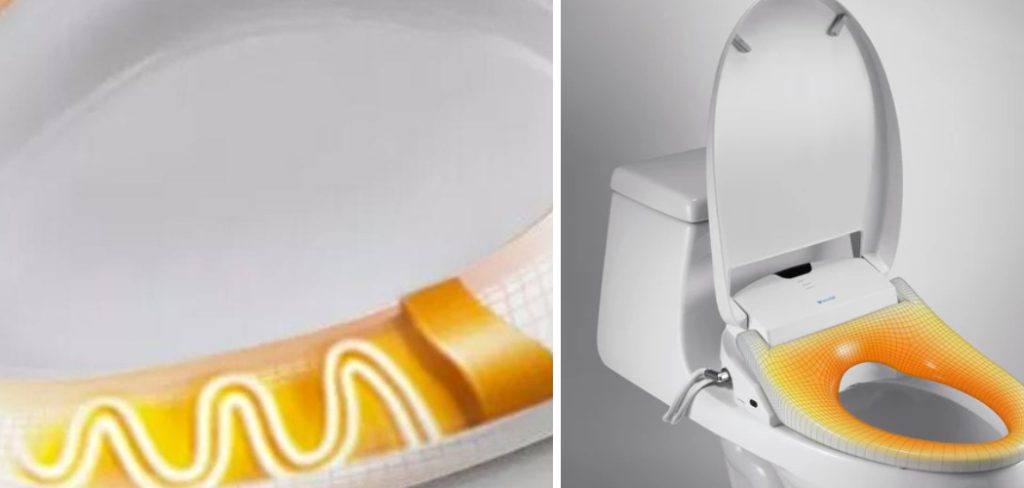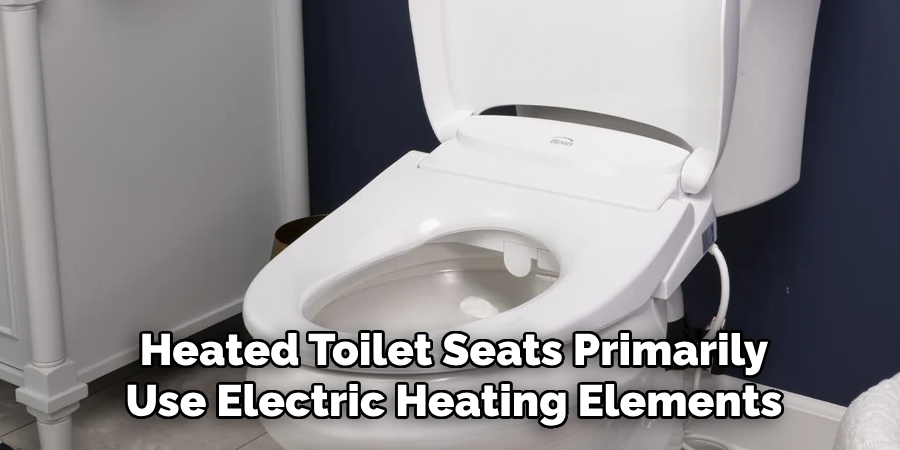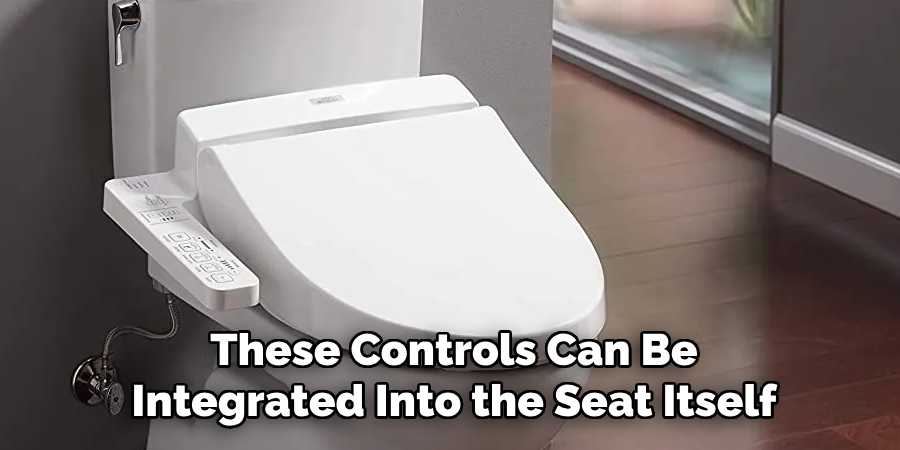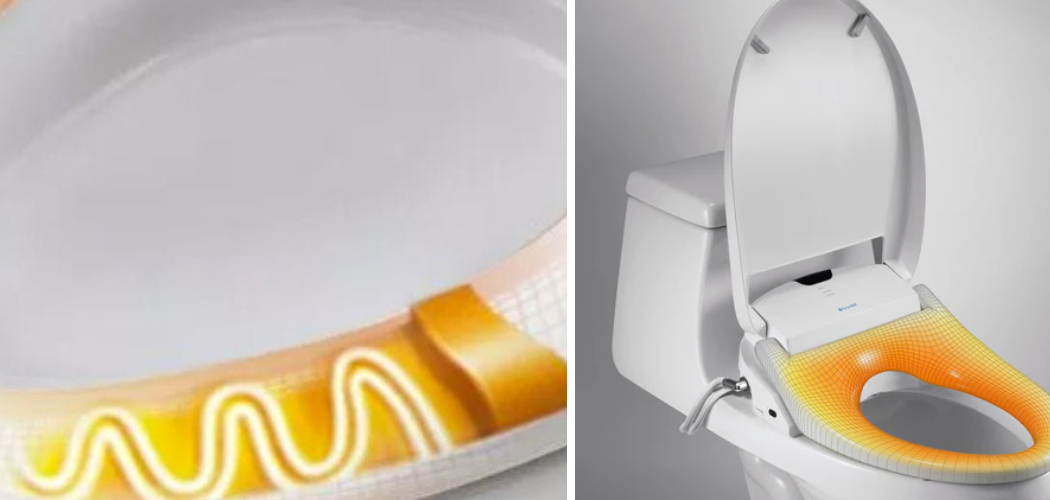In the quest for comfort and luxury in our daily routines, heated toilet seats have emerged as a sought-after innovation, transforming a simple necessity into a delightful experience. At their core, these high-tech seats incorporate an electric heating element that gently warms the surface, ensuring a cozy encounter even in the chilliest of environments. This guide explores the key aspects of how do heated toilet seats work.

The heating mechanism is often controlled by a thermostat, allowing users to adjust the temperature to their preference. Some models feature advanced options like built-in timers, which can pre-warm the seat before use, and energy-saving modes to minimize power consumption when not in use. The integration of modern materials and smart design ensures even heat distribution, enhancing comfort and hygiene. Understanding the mechanics behind heated toilet seats not only highlights their engineering ingenuity but also underscores the evolving intersection of technology and everyday life. This innovation exemplifies how modern conveniences continue to redefine our comfort standards.
Understanding Their Functionality
To appreciate the functionality of heated toilet seats, it is essential to delve deeper into the key components and technology that make this innovation possible. The primary element responsible for heating is the electric heating pad, usually made of a flexible material embedded beneath the seat’s surface. This pad is powered by a low-voltage electrical system, ensuring safety while providing consistent warmth. The thermostat plays a crucial role in maintaining the desired temperature, with sensors monitoring and regulating heat levels to prevent overheating.

Most heated toilet seats incorporate user-friendly control panels or remote controls, allowing for easy adjustments of temperature settings. These controls can be as simple as a basic dial or as sophisticated as digital interfaces with pre-set programs and timers. Additionally, safety features such as overheat protection and automatic shut-off mechanisms are commonly integrated to provide peace of mind for users.
10 Methods How Do Heated Toilet Seats Work
1. Electric Heating Elements
Heated toilet seats primarily use electric heating elements embedded within the seat. These elements function similarly to the heating coils found in electric blankets or underfloor heating systems. When the toilet seat is plugged into a power source and switched on, electricity flows through the heating elements, causing them to warm up. The heat is then conducted through the material of the seat, providing a consistent and comfortable temperature for the user. This method allows for quick heating and precise temperature control, ensuring that the seat remains at the desired warmth.
2. Thermostatic Control
To maintain a consistent temperature, heated toilet seats often feature thermostatic controls. These controls monitor the seat’s temperature and adjust the heating elements’ power output to maintain the set temperature. A thermostat within the seat measures the current temperature and sends signals to a microcontroller, which regulates the electrical current flowing to the heating elements. This ensures that the seat does not become too hot or cool, providing a steady, comfortable warmth throughout its use. Users can usually set their preferred temperature using a control panel or remote, adding to the convenience and customization options.

3. Energy Efficiency
Energy efficiency is a crucial consideration in the design of heated toilet seats. Modern seats often incorporate energy-saving features such as timers and motion sensors. Timers can be set to heat the seat only during specific periods, such as early morning or late evening, reducing unnecessary power consumption. Motion sensors detect when someone approaches the toilet and activate the heating elements, turning them off when the toilet is not in use. These features help minimize energy usage while ensuring the seat is warm and ready when needed.
4. Material Composition
The material composition of the toilet seat itself plays a significant role in its heating efficiency and comfort. Heated toilet seats are typically made from high-quality, heat-conductive materials such as plastic or resin, which help distribute the warmth evenly across the surface. These materials are chosen for their durability, ease of cleaning, and thermal conductivity. The seat’s surface is often designed to be smooth and comfortable, providing a pleasant tactile experience in addition to the warmth.
5. Integrated Safety Features
Safety is a paramount concern in the design of heated toilet seats, given their electrical components and proximity to water. To mitigate potential risks, heated seats are equipped with various safety features. These may include overheat protection, which automatically shuts off the heating elements if the temperature exceeds a safe limit. Additionally, many models are designed to be water-resistant or waterproof, protecting the internal electronics from moisture damage. Some seats also have ground-fault circuit interrupters (GFCIs) to prevent electrical shocks in case of a fault.
6. Advanced Control Options
Many modern heated toilet seats come with advanced control options, offering a range of customizable settings for the user. These controls can be integrated into the seat itself or provided via a remote control or smartphone app. Users can adjust the temperature, set timers, activate energy-saving modes, and even control other features such as bidet functions, if available. The advanced control options enhance user convenience and allow for a highly personalized toilet experience, catering to individual preferences and needs.

7. Installation and Compatibility
Heated toilet seats are designed to be compatible with most standard toilet models, making them relatively easy to install. They typically come with mounting hardware and detailed instructions, allowing users to replace their existing toilet seat with minimal effort. Some models may require access to a nearby power outlet, which can be a consideration in bathrooms without electrical sockets near the toilet. However, once installed, heated toilet seats are designed to blend seamlessly with the existing toilet, providing an upgrade without significant alterations.
8. Durability and Maintenance
Durability and maintenance are important aspects of heated toilet seats. High-quality seats are built to withstand regular use and are resistant to wear and tear. The heating elements are designed to last for many years, and the seat’s surface materials are chosen for their robustness and ease of cleaning. Maintenance typically involves regular cleaning with non-abrasive cleaners to keep the seat hygienic and in good condition. Some models also feature removable covers or cushions that can be washed separately, adding to the ease of maintenance.
9. Health and Comfort Benefits
Heated toilet seats offer several health and comfort benefits beyond the obvious warmth. For individuals with conditions such as arthritis or other joint issues, the warmth can provide soothing relief and reduce discomfort. The consistent temperature can also help promote relaxation and improve the overall toilet experience. In colder climates, a heated toilet seat can significantly enhance comfort, making the bathroom a more inviting space. The combination of warmth and ergonomic design helps reduce strain and provides a more comfortable seating position.
10. Integration with Smart Home Systems
As smart home technology continues to evolve, heated toilet seats are increasingly being integrated with home automation systems. This allows users to control their toilet seats using voice commands or through smart home apps. Integration with smart home systems can also enable additional features such as remote monitoring and control, energy usage tracking, and automated routines. For example, users can set their toilet seat to heat up automatically at certain times of day or when the bathroom light is turned on. This integration enhances convenience and allows for a more seamless and connected home environment.

Things to Consider When Choosing a Heated Toilet Seat
Selecting the right heated toilet seat can greatly enhance your bathroom experience, but there are several factors to consider before making a purchase. Here are some key aspects to keep in mind:
Compatibility with Your Toilet Model:
Ensure the heated seat is compatible with the shape and size of your toilet. Most models are designed to fit standard round or elongated toilets, but it’s important to check compatibility specifications to avoid any issues during installation.
Energy Source and Electrical Requirements:
Heated toilet seats require an electrical power source. Check if you have an accessible power outlet near your toilet. Some models may also have specific voltage requirements or need professional installation for safety reasons.
Temperature Control Options:
Look for seats with adjustable temperature settings that allow you to customize the warmth to your preference. Some advanced models offer multiple heat levels, ensuring comfort throughout different seasons.
Additional Features:
Consider the extra features offered, such as integrated bidets, deodorizing functions, and night lights. While these can enhance the usability of the seat, evaluate if they meet your needs and if they justify any additional costs.
Conclusion
Heated toilet seats are a sophisticated and luxurious addition to modern bathrooms, offering a blend of comfort, convenience, and technological innovation. From the use of electric heating elements and thermostatic controls to energy-efficient features and smart home integration, these seats represent a significant advancement in bathroom technology.
Understanding the various methods and features involved in their operation can help users appreciate the comfort and benefits they provide, making the investment in a heated toilet seat a worthwhile consideration for enhancing the daily bathroom experience. Thanks for reading, and we hope this has given you some inspiration on how do heated toilet seats work!

